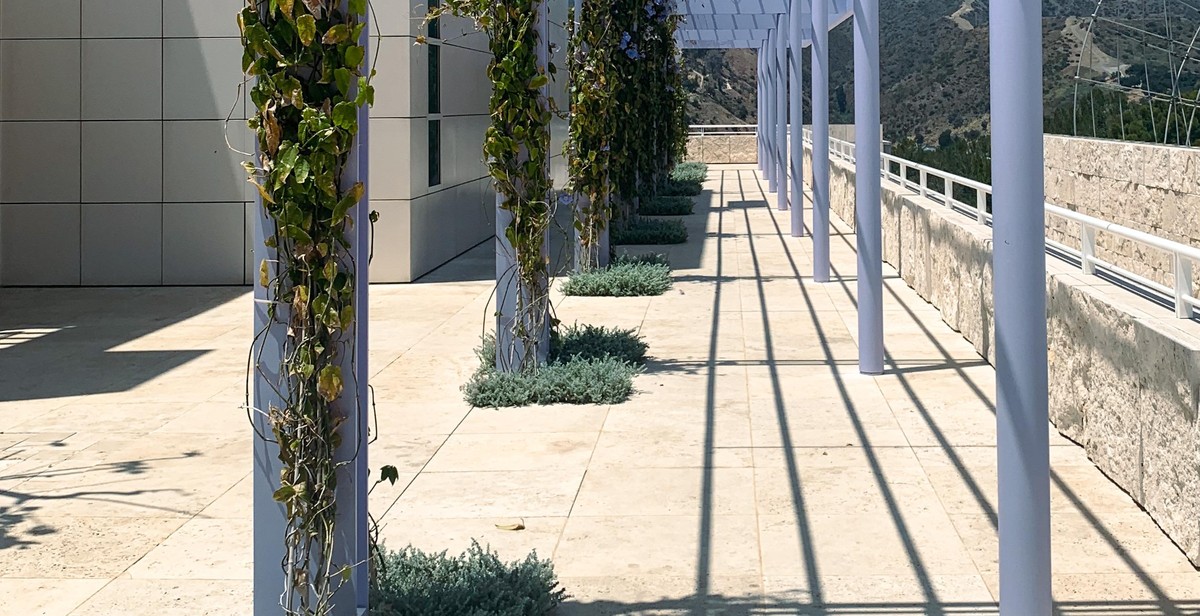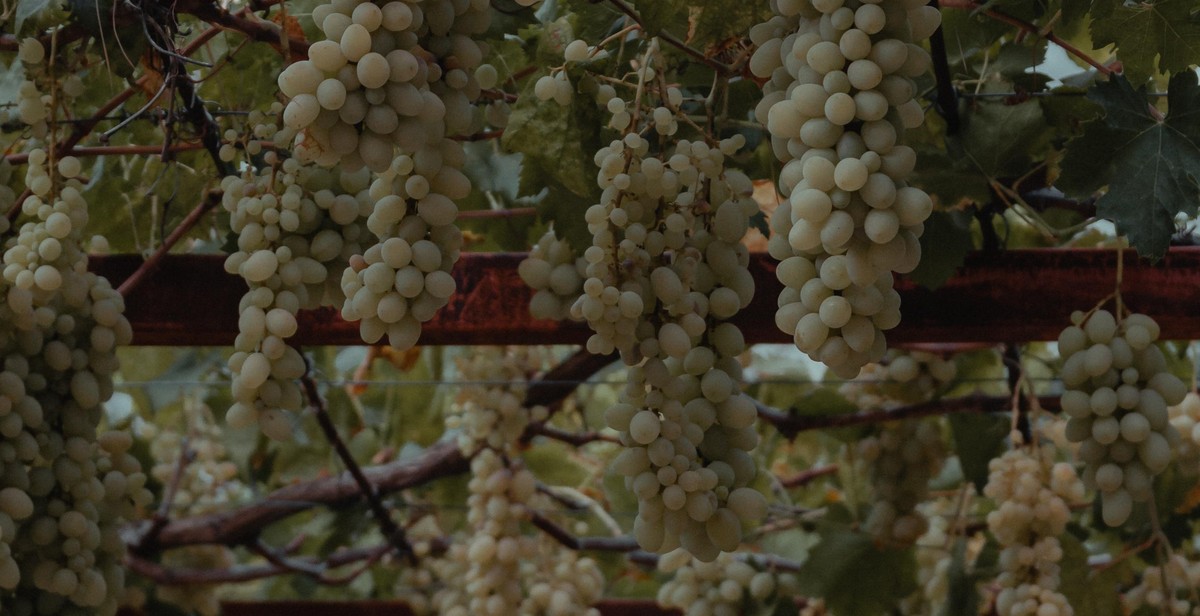How to Build a Trellis for Climbing Plants and Vines
A trellis is a simple and effective way to support climbing plants and vines in your garden. Not only does it provide a structure for the plants to grow on, but it also adds visual interest to your outdoor space. Building a trellis is a fun and rewarding DIY project that can be done in just a few hours.
Materials Needed
Before getting started, gather the following materials:
- Pressure-treated wood or cedar boards
- Wood screws
- Wire mesh or chicken wire
- Staples or nails
- Post hole digger or shovel
- Concrete mix (optional)
Step-by-Step Instructions
Follow these simple steps to build a trellis:
- Decide on the size and shape of your trellis.
- Cut the wood to size for the frame of your trellis.
- Assemble the frame using wood screws.
- Attach the wire mesh or chicken wire to the frame using staples or nails.
- Dig holes for the posts and set them in concrete (optional).
- Attach the trellis to the posts using wood screws.
- Plant your climbing plants and vines near the trellis and train them to grow onto the structure.
By following these steps, you can create a sturdy and attractive trellis that will support your climbing plants and vines for years to come.

Why Build a Trellis?
Building a trellis for your climbing plants and vines is a smart choice for several reasons. It encourages growth and support, adds aesthetic appeal to your garden, and is a space-saving solution for those with limited gardening space.
Encourages Growth and Support
When climbing plants and vines are left to grow without support, they can become tangled and disorganized, hindering their growth and overall health. A trellis provides a structure for the plants to climb on, allowing them to grow upwards towards the sun and providing support for their weight. This encourages healthy growth and can even increase the yield of fruit or flowers produced by the plant.
Aesthetic Appeal
Aside from its functional benefits, a trellis also adds an attractive element to your garden. Trellises come in a variety of styles and materials, from rustic wood to sleek metal designs, allowing you to choose one that complements your garden’s aesthetic. As your climbing plants and vines grow and cover the trellis, it creates a beautiful and natural focal point in your garden.
Space-saving Solution
For those with limited gardening space, a trellis can be a game-changer. Instead of taking up valuable ground space, climbing plants can be trained to grow vertically on a trellis, freeing up space for other plants or garden features. This is especially useful for urban gardeners or those with small balconies or patios.
In conclusion, building a trellis for your climbing plants and vines is a smart choice that offers numerous benefits. From encouraging healthy growth and support to adding aesthetic appeal and providing a space-saving solution, a trellis is an essential addition to any garden.

Materials Needed
Wooden Posts
Wooden posts are the main component of the trellis. You will need four posts, with a length of at least 6 feet each. The posts should be made of sturdy wood, such as cedar or redwood, to ensure they can withstand the weight of the climbing plants.
Wire Mesh
Wire mesh is used to create the framework for the trellis. You will need a roll of wire mesh that is at least 6 feet wide and 4 feet tall. The mesh should have small enough holes to support the climbing plants, but not so small that they cannot grow through them.
Nails and Screws
You will need a variety of nails and screws to secure the wooden posts and wire mesh together. Galvanized nails and screws are recommended, as they are resistant to rust and corrosion. You will need at least 16 nails and screws for each post, as well as additional nails and screws for attaching the wire mesh.
Tools
Several tools are required to build the trellis, including a hammer, drill, saw, and wire cutters. The saw is used to cut the wooden posts to the desired length, while the drill is used to make holes for the nails and screws. The wire cutters are used to trim the wire mesh to the appropriate size.
| Materials | Quantity |
|---|---|
| Wooden Posts | 4 |
| Wire Mesh | 1 roll |
| Nails and Screws | at least 64 |
| Tools | hammer, drill, saw, wire cutters |

Steps to Build a Trellis
Building a trellis for climbing plants and vines is a great way to add structure and beauty to your garden. Follow these steps to build your own:
Step 1: Determine the Size and Location
The first step in building a trellis is to determine the size and location. Consider the size of the climbing plants or vines that will be using the trellis and choose a location that gets plenty of sun. Measure the area where the trellis will be installed to determine the size needed.
Step 2: Dig Holes and Set Posts
Once you have determined the size and location of the trellis, it is time to dig holes and set posts. Dig holes for the posts using a post hole digger, making sure they are deep enough to provide stability. Place the posts in the holes and fill with concrete, making sure they are level and plumb.
Step 3: Attach the Wire Mesh
Once the posts are set, it is time to attach the wire mesh. Start at the bottom of one post and attach the wire mesh using fencing staples. Pull the wire mesh taut and attach it to the other post. Continue attaching the wire mesh until it covers the entire trellis.
Step 4: Add Decorative Elements
Finally, add decorative elements to the trellis to make it more visually appealing. You can paint the posts, add hanging baskets, or even plant climbing flowers at the base of the trellis. Get creative and have fun!
Following these steps will result in a beautiful and functional trellis that will provide support for climbing plants and vines for years to come.

Maintenance Tips for Your Trellis
Building a trellis is just the first step in creating a beautiful and functional structure for your climbing plants and vines. Proper maintenance is essential to ensure that your trellis remains sturdy and attractive for many years to come. Here are some maintenance tips to keep in mind:
Pruning
One of the most important maintenance tasks for your trellis is pruning. Regular pruning will help to keep your plants healthy and prevent them from becoming too heavy for the trellis to support. It will also help to promote new growth and keep your plants looking neat and tidy.
When pruning your plants, be sure to remove any dead or damaged branches or leaves. You should also remove any branches that are growing in the wrong direction or are crossing over each other. This will help to prevent your plants from becoming tangled and will allow them to grow in a more organized manner.
Regular Cleaning
To keep your trellis looking its best, it’s important to clean it regularly. This will help to remove any dirt, debris, or plant material that may have accumulated on the trellis over time. Cleaning your trellis will also help to prevent the growth of mold or mildew, which can be harmful to your plants.
You can clean your trellis with a simple solution of water and mild soap. Use a soft brush or sponge to gently scrub the trellis, being careful not to damage the plants. Rinse the trellis thoroughly with water and allow it to dry completely before allowing your plants to climb back onto it.
Replacing Old or Damaged Parts
If you notice that any parts of your trellis are old or damaged, it’s important to replace them as soon as possible. This will help to prevent your trellis from collapsing or becoming unstable, which could be dangerous for your plants and other garden structures.
When replacing parts of your trellis, be sure to choose high-quality materials that are designed to withstand the elements. You should also follow the manufacturer’s instructions carefully to ensure that your new parts are installed correctly and securely.
| Maintenance Task | Description |
|---|---|
| Pruning | Regularly remove dead or damaged branches and leaves, as well as any branches growing in the wrong direction or crossing over each other. |
| Regular Cleaning | Clean your trellis regularly with a mild soap and water solution to remove dirt, debris, and plant material. |
| Replacing Old or Damaged Parts | Replace any old or damaged parts of your trellis with high-quality materials designed to withstand the elements. |

Conclusion
Building a trellis for your climbing plants and vines can be a fun and rewarding project. Not only will it provide support for your plants, but it can also add a beautiful and decorative element to your garden or outdoor space.
When designing and constructing your trellis, it’s important to consider the needs and growth habits of your plants. Make sure to choose a sturdy and durable material that can withstand the weight of your plants as they climb and mature.
There are many different trellis designs to choose from, including wall-mounted, freestanding, and arched structures. Consider the size and layout of your space, as well as the style and aesthetic you want to achieve.
Remember to also consider the maintenance and upkeep of your trellis. Regularly inspect and repair any damage, and prune your plants as needed to prevent overgrowth and ensure they are properly trained on the trellis.
Overall, building a trellis for your climbing plants and vines can be a fun and rewarding project that adds beauty and functionality to your outdoor space. With the right materials, design, and maintenance, your trellis can provide support and structure for your plants for years to come.
